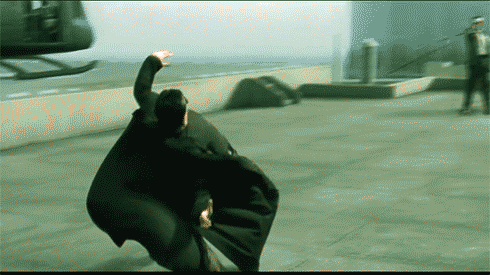The performative function of every element of a scene could be broken down into locution, illocution, and perlocution and analyzed through the performative formula (i.e. every line of text, piece of wardrobe, set element, camera angle, character’s form, the lighting, and so on). At this point I think it would be most productive to look at each scene, and analyze the components as necessary.
Poststructural slippage between signifier and signified pokes holes in the concept of
I think there might be an analytical in Heisenberg...
In the end everything is uncertain; Decartes, the quantum level, and semantics. Science is driven by imperfect people, and it's successes are judged by imperfect people, but that is not a reason to abandon efforts toward progress.
New Terminology
Metafunctions are systemic clusters; that is, they are groups of semantic systems that make meanings of a related kind. The three metafunctions are mapped onto the structure of the clause. For this reason, systemic linguists analyse a clause from three perspectives.
https://en.wikipedia.org/wiki/Metafunction
P.S. The shot at the end of the Ted Talk is an interesting example of one of the Transforming Dramatic Performative Formulas I am working on. In this case, there is no narrative, so it it doesn't serve to align the audience with a protagonist. I am not sure what to make of it...



















